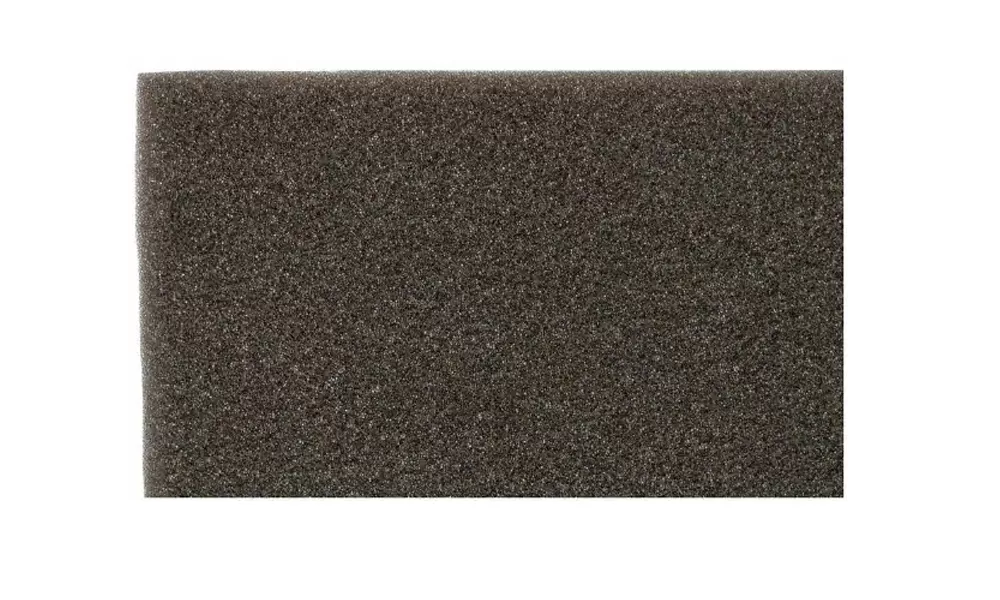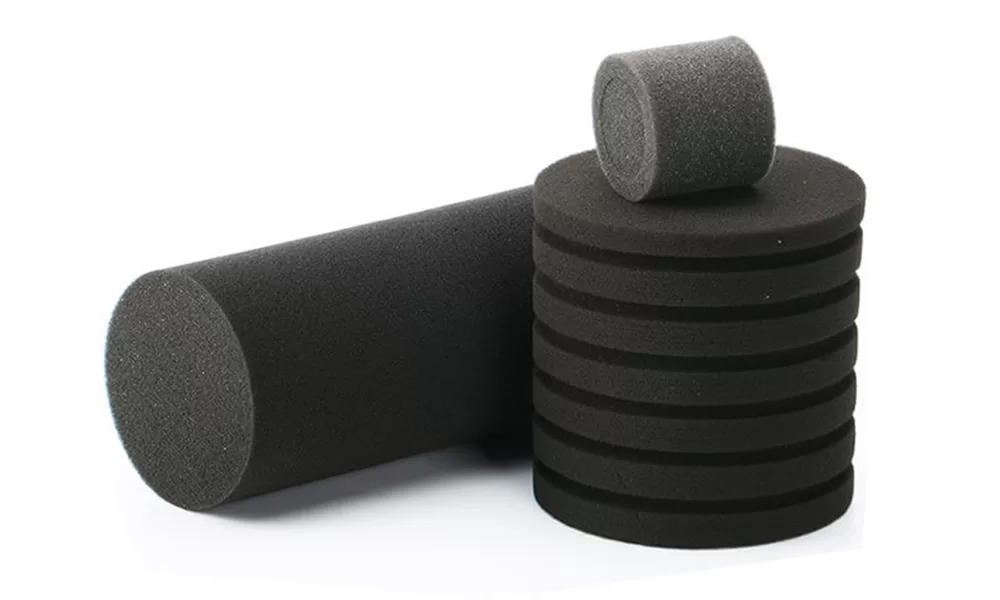In the vast world of materials science, few substances have demonstrated as much versatility and adaptability as polyurethane foam. Among its various types, open-cell polyurethane foam stands out for its unique properties and myriad applications. This article delves deep into the world of open-cell polyurethane foam, shedding light on its characteristics, benefits, and potential uses.

Introduction
Polyurethane foam, a polymer composed of organic units joined by carbamate links, has been a staple in various industries for decades. Its ability to be tailored to specific needs has made it a favorite among manufacturers and consumers alike. One of its most intriguing variants is the open-cell polyurethane foam, which offers a combination of softness, breathability, and adaptability.
Soft and Flexible Nature
At the heart of open-cell foam’s appeal is its inherent softness and flexibility. Unlike closed-cell foam, open-cell foam is rigid, dense, and malleable. This softness is attributed to the broken cell walls within the foam, allowing it to compress and rebound with ease. This property makes it an ideal choice for applications requiring cushioning, such as mattresses, furniture padding, and certain automotive components.
Breathability: A Key Advantage
One of the standout features of open-cell foam is its breathability. The interconnected pores, resulting from the broken cell walls, allow air and moisture to flow freely. This ensures that the foam remains cool and dry, a crucial factor for applications like mattresses where moisture wicking and temperature regulation are essential for user comfort.
Insulation and the R-Value
While open-cell foam boasts many advantages, it’s essential to understand its limitations, especially concerning insulation. Its R-value, a measure of thermal resistance, is lower than that of closed-cell foam. This means that while it can insulate, it’s not the best choice for applications where maximum thermal resistance is required.
R-Value is a measure of thermal resistance used in the building and construction industry. It indicates how well a material insulates against heat transfer. The higher the R-Value, the better the material’s insulating properties and its ability to resist heat flow.
In simpler terms, if you have two materials and one has a higher R-Value than the other, the one with the higher R-Value will be a better insulator. This means it will be more effective at keeping heat out in the summer and keeping heat in during the winter.

The Lightweight Champion
In the battle of weight, open-cell foam emerges as the clear winner. Its lower density means it’s significantly lighter than closed-cell foam. This lightweight nature makes it a preferred choice for applications where weight considerations are paramount, such as in automotive or aerospace components.
Cost-Effectiveness
Budget considerations are crucial in any manufacturing process. Open-cell foam, being generally less expensive than its closed-cell counterpart, offers a cost-effective solution without compromising on quality. Its affordability combined with its performance makes it a popular choice among manufacturers.
Sound Absorption Capabilities
Noise pollution is a growing concern in today’s urbanized world. Open-cell foam, with its porous nature, serves as an effective sound absorber. Its structure allows it to dampen and absorb sound waves, making it a go-to material for soundproofing in studios, theaters, and even homes.
Diverse Applications
The versatility of open-cell polyurethane foam is evident in its wide range of applications. From furniture cushions to soundproofing panels, and from automotive components to certain insulation applications, its presence is ubiquitous. Its ability to be tailored to specific needs ensures its continued relevance in various industries.

خاتمة
Open-cell polyurethane foam, with its unique set of properties, has carved a niche for itself in the materials world. Its combination of softness, breathability, sound absorption, and cost-effectiveness makes it a material of choice for many. As industries evolve and needs change, the adaptability of open-cell foam ensures it will remain a vital player in the materials landscape for years to come.


One Response